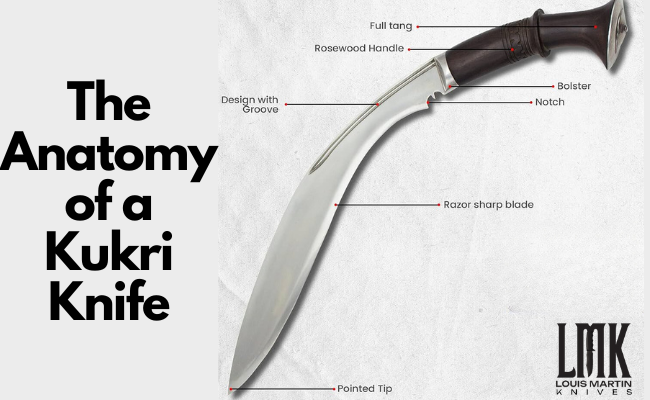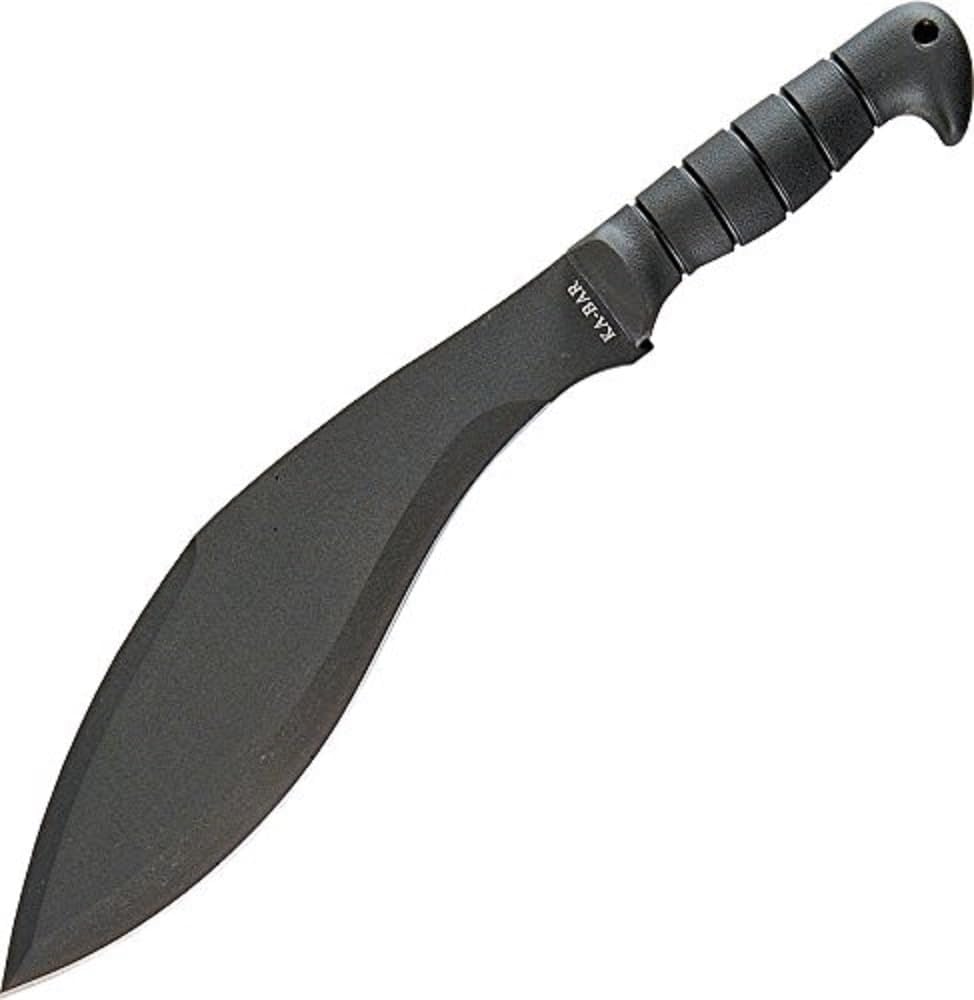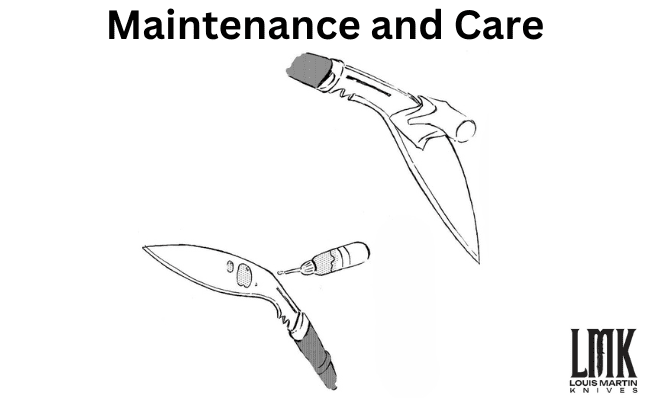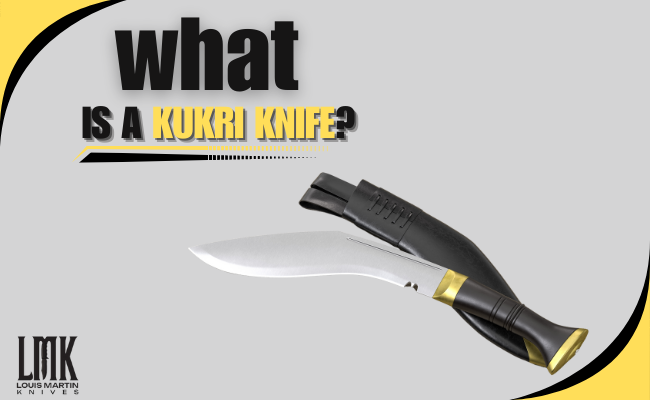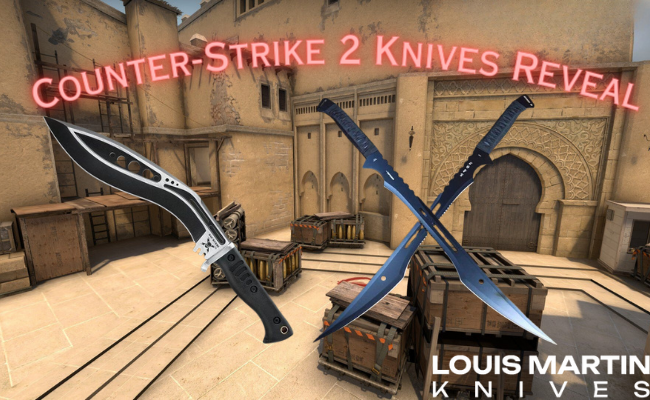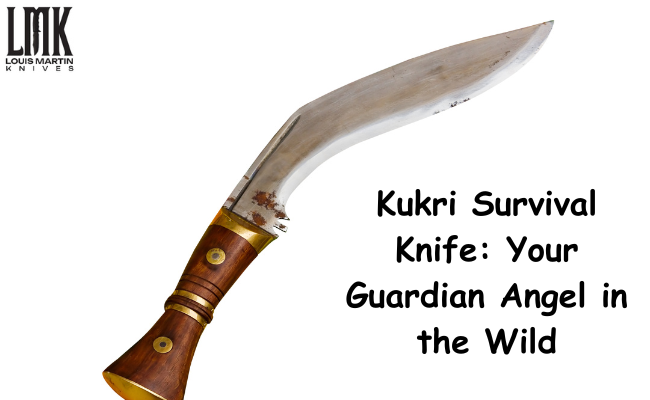The kukri knife holds a special place in the world of blades, renowned for its unique design and multifaceted utility. In this article, we’ll delve into the anatomy of this iconic weapon, exploring its history, components, functional aspects, cultural significance, practical applications, and maintenance techniques. By understanding the intricacies of the kukri knife design, we gain a deeper appreciation for its craftsmanship and versatility.
Greetings to our exploration of the kukri knife’s intricate design. Handmade knives with precision and steeped in tradition, the kukri knife is more than just a blade it’s a symbol of heritage and functionality. Join us as we dissect the anatomy of this iconic weapon, delving into its historical roots and uncovering the secrets behind its enduring appeal.
Historical Context
Originating in the hills of Nepal, the kukri knife holds significant cultural and historical importance. Traditionally used by the Gurkha warriors of Nepal, the kukri’s design has evolved over centuries, adapting to the needs of its users and the challenges they face. From a simple agricultural implement to a symbol of bravery and honor, the kukri journey reflects the resilience and ingenuity of its creators.
Components of a Kukri Knife
Blade
At the heart of the kukri knife lies its distinctive blade, characterized by its inward curve and sharp edge. This curvature, known as the “kukri bend,” serves multiple purposes. It allows for powerful chopping strokes while maintaining a sharp point for thrusting and slicing. Crafted from high-carbon steel, the blade of the kukri is both durable and resilient, capable of withstanding the rigors of combat and everyday use.
Handle
The handle of the kukri knife is carefully designed to provide a comfortable and secure grip, essential for wielding the blade effectively. Traditionally made from wood or horn, modern variations may incorporate synthetic materials for added durability and grip. The ergonomic shape of the handle ensures optimal control and maneuverability, allowing users to wield the kukri with precision and confidence.
Spine
The spine of the kukri folding knife serves as more than just a structural element it also plays a crucial role in its functionality. Thicker towards the base and tapering towards the tip, the spine adds weight and balance to the blade, enhancing its chopping power. Additionally, many kukris feature decorative elements along the spine, reflecting the artistic traditions of Nepalese craftsmanship.
Functional Aspects
Cutting Edge
The cutting edge of the full tang kukri knife is meticulously crafted to maximize its cutting prowess. With a slight recurve near the tip, the blade excels at both chopping and slicing tasks. The angle and bevel of the edge are carefully honed to strike a balance between sharpness and durability, ensuring that the kukri remains effective even after prolonged use.
Weight Distribution
One of the key factors contributing to the kukri’s effectiveness is its well-balanced weight distribution. Concentrated towards the front of the blade, the weight enhances the force of chopping strokes, allowing users to exert maximum power with minimal effort. This balance also facilitates precise control during intricate cutting tasks, making the kukri a versatile tool in various situations.
Cultural Significance
Symbolism in Nepalese Culture
In Nepalese culture, the survival kukri knife holds deep symbolic significance, representing bravery, loyalty, and strength. For centuries, it has been an integral part of Nepalese rituals, ceremonies, and rites of passage. As a symbol of national identity, the kukri is revered by both the Gurkha soldiers and the Nepalese people, embodying the spirit of resilience and determination.
Rituals and Ceremonies Involving the Kukri
Kukri knives play a central role in various Nepalese rituals and ceremonies, from weddings and births to funerals and religious festivals. Its presence signifies protection, prosperity, and honor, and it is often passed down through generations as a cherished heirloom. During ceremonies such as Dashain, the kukri is prominently displayed and worshipped as a symbol of divine power and protection.
Influence on Contemporary Culture and Media
Beyond its cultural significance, the kukri knife has also left its mark on contemporary culture and media. From its depiction in movies and literature to its adoption by outdoor enthusiasts and survivalists, the kukri continues to capture the imagination of people around the world. Its iconic shape and history have cemented its status as one of the most recognizable and revered blades in the world.
Most Selling Kukri knife
Blade Length:11.5 Inches
Handle Material: Rubber
Blade Material: Carbon Steel
Style: Modern
Practical Applications
Traditional Uses in Everyday Life
In Nepal and other regions where the kukri is prevalent, it serves as a versatile tool for everyday carry tasks such as chopping wood, preparing food, and crafting tools and implements. It’s compact size and robust construction makes it ideal for use in rural environments where access to modern tools may be limited.
Military and Combat Applications
In military circles, the kukri knife is renowned for its effectiveness in close combat situations. Gurkha soldiers, known for their skill and bravery, have wielded the kukri with lethal precision on battlefields around the world. Its combination of chopping power, piercing ability, and versatility make it a formidable weapon in the hands of a trained warrior.
Survival and Outdoor Activities
For Outdoor enthusiasts and adventurers, the kukri knife is an indispensable tool for survival in the wilderness. Its ability to chop, slice, and pierce makes it invaluable for tasks such as shelter building, fire starting, and food preparation. Whether trekking through dense forests or navigating rugged terrain, having a kukri knife at hand can mean the difference between life and death.
Maintenance and Care
Cleaning and Sharpening Techniques
Proper maintenance is essential to ensure the longevity and performance of a kukri knife. After each use, the blade should be cleaned and dried thoroughly to prevent corrosion and rust. Regular sharpening is also necessary to maintain a keen edge, with traditional methods such as honing stones and leather strops being preferred by purists.
Preservation of Traditional Craftsmanship
As the demand for kukri knives grows, efforts must be made to preserve the traditional craftsmanship and techniques that have been passed down through generations. By supporting artisans and craftsmen who adhere to time-honored methods of production, we can ensure that the legacy of the kukri knife continues to thrive for years to come.
Tips for Extending the Lifespan of a Kukri Knife
To prolong the lifespan of a kukri knife, it is important to handle it with care and respect. Avoid subjecting it to unnecessary stress or abuse, and store it in a dry environment away from moisture and extreme temperatures. Regular maintenance and occasional oiling of the blade will help prevent corrosion and keep the kukri in optimal condition for years of reliable use.
Conclusion
The kukri knife stands as a testament to the ingenuity, craftsmanship, and cultural heritage of the Nepalese people. Its unique design and multifunctional capabilities make it a cherished tool and symbol of honor and tradition. By understanding the anatomy of the kukri knife and appreciating its design, we gain a deeper insight into its significance and enduring appeal. Whether used for practical purposes or revered as a cultural artifact, the kukri knife guide continues to hold a special place in the hearts and minds of people around the world.
FAQs
What is a kukri knife?
The kukri knife is a traditional Nepalese blade characterized by its inwardly curved blade and distinctively shaped handle. It has a rich cultural and historical significance, particularly among the Gurkha warriors of Nepal.
What are the main components of a kukri knife?
The main components include the blade, handle, and spine. The blade is known for its kukri bend, which enhances chopping power, while the handle is designed for a secure grip. The spine adds weight and balance to the blade.
How do I maintain and care for a kukri knife?
Proper maintenance involves cleaning and drying the blade after each use to prevent rust, as well as regular sharpening to maintain its cutting edge. Storing the knife in a dry environment away from moisture is also important.
Where can I purchase a kukri knife?
Kukri knives can be found in specialty shops, online retailers, and from artisans who specialize in traditional craftsmanship. It’s essential to ensure the authenticity and quality of the knife when making a purchase.
